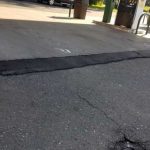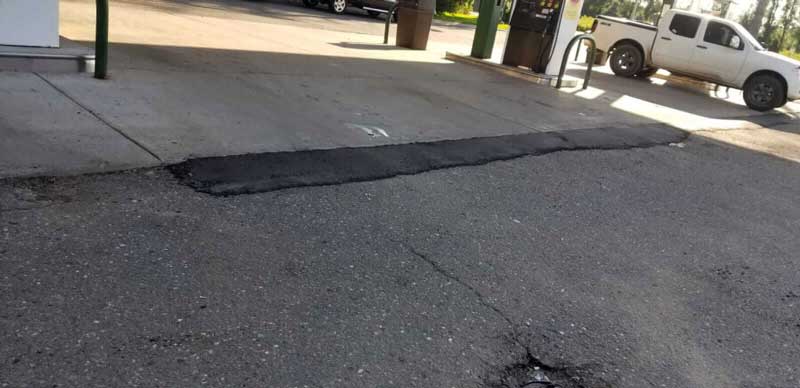 No matter how careful we are, pavements are bound to deteriorate over time. After all, the weight of machines as heavy as cars and regular wear and tear from foot traffic and weather are quite the combination. Pavements, particularly asphalt pavements are costly investments, to say the least.
No matter how careful we are, pavements are bound to deteriorate over time. After all, the weight of machines as heavy as cars and regular wear and tear from foot traffic and weather are quite the combination. Pavements, particularly asphalt pavements are costly investments, to say the least.
To avoid their deterioration, first, you have to understand some of the signs that show that your pavement is not in good condition, hence respond as quickly as you possibly could. With these said, there are various repair techniques some being crack filling, patching, seal coating, and many more. This article will discuss the difference between crack filling and crack sealing so you can know which one of the two the worn-out movement could need.
Crack sealing and crack filling are constantly used interchangeably especially in the construction industry, but have distinct differences. Your pavement may require sealing or filling, and diagnosing the solution begins with understanding what each entails. Besides this, you might realize that one is an enhanced version of another, therefore, opt a longer-lasting and cost-effective solution when your asphalt surfaces are in poor conditions.
Crack filling
As the word suggests, it is placing an asphalt emulsion into existing non-working cracks on asphalt pavement. This helps protect adjacent pavement areas from infiltration, ensuring the pavement remains as strong as before. Nonworking cracks are vertical or horizontal movements in a crack of less than a tenth of an inch. They include alligator cracks, longitudinal and signal cracks.
Crack sealing
In this one, working cracks have a sealant applied to them to prevent infiltration. Working cracks, in this case, are vertical or horizontal movements in the pavement larger than a tenth of an inch. The main example is a transverse crack. Sealants used here are usually rubberized therefore elasticity, making them move with the pavements movements. As the name suggests, the main function of this rubberized sealant is to seal the crack from water and bacteria which may lead to further breakage of the pavement when they contract and expand. They, therefore, enhance pavements’ longevity.
Evidently, the main difference between crack filling as sealing is the type of crack they’re applied on as well as the technique used as the crack remedy. Filling is for stationary cracks, that don’t appear to be expanding while sealing is for active cracks. Here are the cracks named above in more details:
7 types of cracks:
Transverse cracks:
They are caused by thermal shifts inside the pavement, of which unbalanced expansion and contraction result in a crack perpendicular to the laydown direction of the pavement. These appear first.
Longitudinal cracks:
These ones are long and run parallel to the direction of the path. They are caused by shrinkage of the pavement, shifts in temperature and hardening of the pavement, as well as poor lane joint construction. They appear after transverse cracks.
Edge cracks:
Instinctively, they appear along edges between the curb joints, and paving and are caused by thaw cycles that widen and deepen small joint cracks.
Seam cracks:
They are caused by poor construction and develop along joints in the pavements.
Block cracks
These ones are blocks, or square pieces with a spacing of about 12 feet but could be as small as 4 feet and appear at the end of the pavements life telling you that its time for a full-blown pavement repair. Normally they are a sign of poor base construction of improper drainage.
Reflective cracks
When the sub-base moves, the surface layer cracks, hence these.
Alligator cracking
These are extensive interconnected cracks that are in close proximity and appear like the alligator’s skin. They are caused by wear and tear from heavy traffic and weight.
Choosing the right method of crack repair
Whichever crack you have, it may mean filling or sealing or total repair. For the best choice of solution, seek a professionals counsel!

